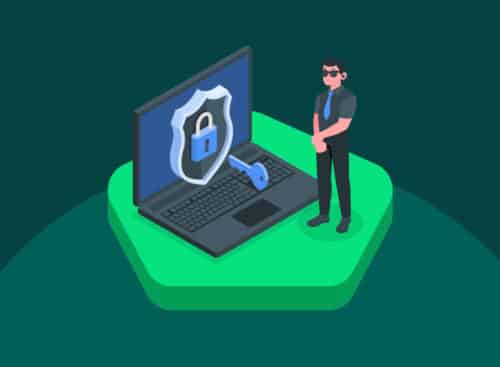
Cybersecurity in a Connected World: Building a secure IoT ecosystem.
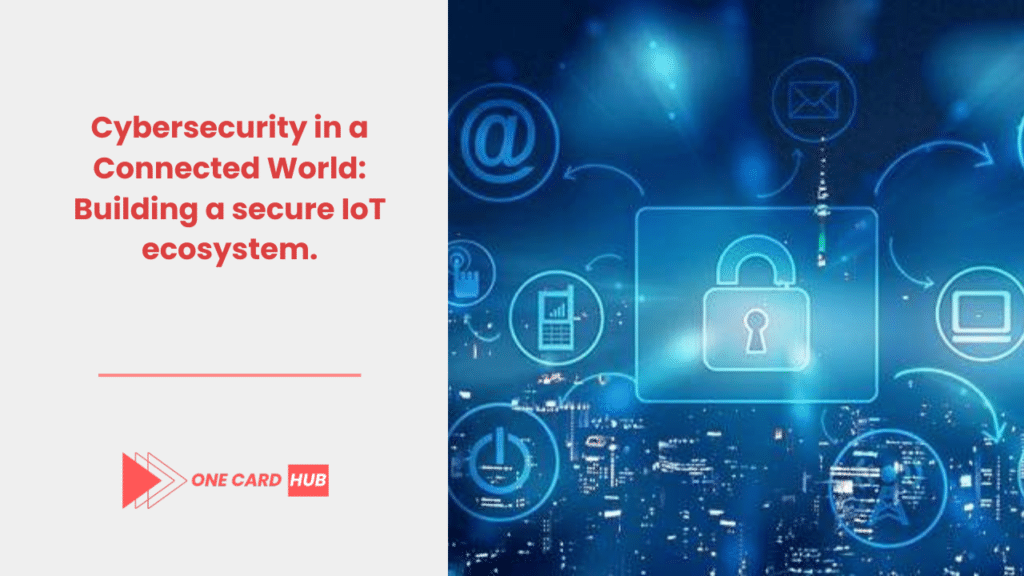
The Internet of Things (IoT) has created a new life experience where we can work, play, and cohabitate with other people much more conveniently. The IoT devices range from breakthrough smart home devices that change thermostat settings to industrial sensors that monitor factory operations, and have indeed embedded into our daily lives as well as the machines. However, this interconnectedness brings with it a significant challenge: the point of providing cybersecurity of these devices. The imperative to defend our devices from cyber hazard which is the result of the world becoming interconnected has also never been greater. In this blog, cybersecurity space of IoT is discussed and there are various ways to protect these devices.
Understanding IoT Cybersecurity Risks
IoT devices display most of their processes under non-human intervention thus collecting, transmitting, and sometimes storing sensitive data in some cases. Regrettably, their security tools have not been as advanced as their business has led in terms of adoption and this has made them a favorite with the cybercriminals.Common risks include:
• Unauthorized Access: For instance, security protocols that didn’t meet the standards can open a door for the hackers to get control of IoT devices as a way to gain access to broader networks.
• Data Breach: Many of the IoT devices collect sensitive or private data, which is at cybersecurity risk if the devices are hacked.
• Distributed Denial of Service (DDoS) Attacks: With compromised IoT apparatus, the system can be leveraged to amplify the traffic, leading to the system being no longer operable.
Means of Enhancing IoT Device Security
• Unauthorized Access: For instance, security protocols that didn’t meet the standards can open a door for the hackers to get control of IoT devices as a way to gain access to broader networks.
• Data Breach: Many of the IoT devices collect sensitive or private data, which is at cybersecurity risk if the devices are hacked.
• Distributed Denial of Service (DDoS) Attacks: With compromised IoT apparatus, the system can be leveraged to amplify the traffic, leading to the system being no longer operable.
Means of Enhancing IoT Device Security
Firstly, Security in the Design phase Should be Taken Into Consideration.
A security by design approach must be the principal consideration when building IoT devices, not just an addition. This consists of the deployment of reliable encryption techniques, strong authentication tools, and the access to regular security fixes among others.
Regular Firmware Updates
Manufacturers often release the firmware updates to rectify the problems and improve security, while device security is purposefully compromised by some malicious developers. The users should install updates once they got available to keep their devices secure and even safer from potential cyber-attacks.
Secure Network Connections
Maintaining the heterogeneous system of IoT devices relevant to the network is an issue. This involves working with secure Wi - Fi networks that carry strong encryption as well as considering virtual private networks (VPNs) as a way of encrypting the data traffic that comes from IoT devices.
Change Default Settings
A number of the IoT devices are manufactured using the same default password and login credentials that can be used by hackers for unauthorized accesses. It can be just a step as easy as modifying these two learning points into a mix of strong credentials to increase the security.
Monitor Device Activity
Periodically checking the activities of IoT devices may allow detection of the behavior which could mean impending cyber-attack, such as unnoticed data transmission or rises in network traffic.
Implement Access Controls
You can restrict communication of your devices with external devices by limiting which ones can communicate with your IoT devices and who are authorized to do so. Make use of firewalls and network segmentation to create traffic and disjoint sensitive network segments from IoT devices.
Educate and Train Users
Education and awareness are the central elements of cybersecurity. The users of IoT devices should be ready to learn about the possible threats and given the appropriate safety tips and guidelines.
Leverage Advanced Security Technologies
In future, with the evolution of IoT cybersecurity into AI, ML for the purpose of discovery of anomalies, behavioral analysis, and autonomous responses might particularly be the answer to preventing the emergence of threats.
Aristocracy in 21st century for Humans
Already as the IoT is growing up, it becomes more and more complex to make sure of its security and availability. The techniques presented in this section serve as an important starting point in the process of ensuring that IoT devices remain secure against cyber attacks. The cybersecurity landscape is dynamic and evolving rapidly, and hence this requires constant caution, innovation, and collaboration among the manufacturers, the users, and security specialists. Security in the Internet of things (IoT) ecosystem throughout the entire product lifecycle will be critical to capitalizing on the full potential of these technologies and maintaining the safety and security of our connected world. The future for security in the IoT domain is not only about sheltering machines, but about design of an intelligent digital space where innovation is harmonized with cyber-security.
Integrate Holistic Caustics to IoT Security
Securing IOT devices requires a comprehensive strategy that does not only look at the hardware but also assesses the whole network system, the networks that devices connect and the data they gather and send. This systematic approach allows to incorporate protection at each step, the physical device to the cloud that is networked to it.
Investigate in Security Built in by Design for IoT Devices.
Manufacturers need to incorporate security guard principle, which will cover all different stages of product designing. And the most effective way is to ensure security features are embedded to each IoT devices. Regarding this, one of the strategies will be the strong authentication, data encryption, and lifecycle management of devices starting from the point of booting mechanism,
onwards. If security is part of the device from the embryonic stage, it allows manufacturers to minimise risks as well as defend against attacks.
Establish Strong Authentication Protocols
Stand-out authentication protocols play a vital role in identifying IoT devices and users who are interacting within the IoT ecosystem. Having multi-factor authentication, digital certificates, and the use of biometric features makes the IoT devices more secured since they are able to distinguish between the authorized users and the devices.
Utilize Device Management Platforms
IoT device management platforms could take the center stage in the path to having the whole environment safe where all the devices are secure. These platforms offer the central configuration management of firmware updates, device configurations as well as the security policies through which the efficient patched deployment can be done, and the devices are monitored for signs of penetration.
Introduce measure to secure the data privacy and comply with the legal requirements.
As IoT gadgets will usually have private data; it is important to keep the data safe and secure. Compliance with data protection rules along with data minimization are vital measures that can guarantee protection of users' privacy. Encrypting data both in transmission and at rest as well as setting up transparent data usage policies can accumulate market trust and guarantee the global privacy standards merging.
Enhance Teaming and Information Dissemination
Given that the rapid evolution of the IoT cybersecurity threats raises the need for collaboration among parties both in the public and private sector. To keep pace with the ever-evolving cyber threat landscape, manufacturers, cybersecurity professionals, regulators and users must partner and share knowledge, practices and threat intelligence. This joint effort may enable the identification and management risks more efficiently, and ultimately will move the system further towards IoT environment malleability.
Prepare for Emerging Technologies
With the rapid introduction of 5G networks, along with emerging edge computing technologies, the security implications of IoT should not be overlooked. These technologies revolutionize how robustness and efficiency of IoT implementations are achieved, though they also impose new security considerations. Informing ourselves about this development and adopting our security solutions accordingly is key to keeping IoT gadgets down to earth in the future.
Seizing the Opportunity of the IoT in the New Era of Digital Healthcare.
The security of IoT devices is a multi-factoral, complexity problem that needs proactive steps, ongoing innovations, and networking within the digital world. Embracing security best practices for devices, data, and users training will allow us to confront the risks without compromising the huge benefits that can be gained from these technologies. The security of IoT is in our hands because we have to foresee, adapt to, and deal with the constantly evolving threats in our present world, which will offer us all a safer, more secure, and better digital environment.
Incorporating Edge Computing as a Means to Improve the Security Levels of the Internet of Things (IoT).
Along with the IoT devices, which process large amounts of data, comes edge computing as a potential approach to combat the challenges of latency by offering processing data nearby its source. While so, it would imply the need for stronger security systems at the edge of the network by the edge of the network. Deploying robust encryption end to end appended by access control, as well as continuous security monitoring, could improve the security of IoT systems and network environments.
The Need for Consumers Education And Responsibility
Although the manufacturing and development of IoT devices have a huge role to secure them, the consumers have equal or as significant responsibility to them. The education of customers about security features of devices ,the basic network knowledge for security and the regular update can make them the participant of their cybersecurity. By raising the awareness and simple instructions, we can fill the knowledge niche, thus, collectively become the security guard.
Introducing IoT Security into the Corporate Governance framework should involve multi-layered approaches.
For organizations applying IoT technologies, the setting of IoT security both into corporate governance policies and risk management systems is a necessity. This fusion maintains IoT security as an integral aspect of the risk management approach and not a completely independent concern. In systematic risk assessments, factoring in IoT cyber security into strategic business continuity plan and having information sharing across departments is the most essential steps in guarding against cyber threats to corporate assets and data.
The Significance of IoT Security Standards in the Global Arrangement
Establishing international standards for IoT security would mean that manufacturers, developers, and users of Internet of Things would now have a unified framework to refer to. There are standards namely those designed by International Organization for Standardization (ISO) and National Institute of Standards and Technology (NIST) which offer guidelines for secure design, manufacturing, and deployment of IoT. Following these provisions can result in compatibility which will facilitate users' trust in and make the ecosystem more secure.
Cybersecurity Insurance for IoT
Along with the development of the Internet of Things space, therefore comes the companies that develop cybersecurity insurance solutions. While the IoT is a big advantage for many companies, they may also cover it with the financial consequences of the cyberattacks which the cybersecurity insurance will be an additional layer of protection against. For insurance, the policies that will address the IoT devices and network related risks would be very important, helping balance the financial losses, cover the incident response costs, and address the recovery expenses.
An All-Encompassing Way of IoT Protection Instead
Securing the Internet of Things is a lifetime process and difficult, infusing organization among producers, developers, businesses, consumers, and regulatory agencies, to realize it. Through adopting a holistic strategy previously mentioned these being technological advancements, consumer education, corporate governance integration adherence to the international standards and the consideration of cybersecurity insurances we can come through the challenges together and fully benefit from the IoT technologies. Our future direction should be built around the principles of creating robust, trustworthy and secure IoT infrastructure with the ability to withstand the ever-shifting cyber threats and make sure that the progress and safety can work together to bring a thriving and harmonious ecosystem of the connected world.
FAQ: Ensuring the Security of the AIOT Device in an Interconnected World
1. What are the cybersecurity threats that can arise from the use of IoT devices mainly?
The most common risks are unauthorized access, data breaches, distributed denial (DD) of service, and making other devices as backdoors to other systems.
2. What should I do to make sure the embedded technologies communicate securely with each other?
Maximize the utilization of devices with inbuilt security feature, update firmware periodically, change or reset default settings, secure network connections, monitor device activities and apply strong passwords or access control as both preventive and corrective control measures.
3. As IoT powered products are getting more and more popular in our lives, their security should become an equally important item as well.
The principle of security by design means security should be built in at design and development of any IoT device, and not should be incorporated by chance. The goal here is to ensure that a fully risk secured product from the beginning is as a result of this approach.
4. Why do we need to get IoT device firmware updated on a regular basis?
Firmware patches that have been released after the previous update contain more patches often, that have been identified since then for recognized security issues. Through-out time, the routine firmware update is a weapon that is capable of removing the devices from known threats.
5. What are the remains of network segmentation for IoT security?
In contrast to the network segmentation, the concept of dividing the entire network into smaller segments or subnetworks is called network segmentation. With the implementation of the IoT segmentation, the devices can only use the parts of the network that they need, diminishing the dangers caused by a malware attack.
6. How does the level of consumers' awareness about IoT security influences the IoT security?
One of the key aspects of consumer awareness is giving power to users to take protection steps to ensure their devices safety, like security measures, recognizing suspected activity, and understanding the importance of updates.
7. Is there way how international standards can help to make IoT secure?
The international standards built the benchmarks and the right way for the security, devolopment, and deployment of Internet of Things (IoT) devices. Following these criteria contributes to device safety and conduct among different regions or domestic production.
8. To what extent can cybersecurity insurance guard against dangers posed by IoT?
Cybersecurity coverage provides organizations with financial protection against costs incurred due to cyber-attacks on IoT devices and related networks. It could help pay for expenses such as mitigation of risk, data recovery and fines associated with legal liability.
9. What is edge computing and what kind of relation does it maintain with IoT security?
Edge computing performs data processing closer to where it was originally generated (on the edge of the network) instead of in the data centers which centralize it. It can strengthen the IoT security by reducing the transmitted data on the network, and also, in-person security analysis at the edge can perform in real time.
10. The importance of collaboration is highlighted in the development of IoT security.
Information exchange amongst companies, software developers, consumers, and regulatory bodies generates a pool of knowledge, know-hows and threat intelligence. Such participatory tactics, therefore, bolster the overall defensive capacity of IoT environments in advancements in cybersecurity attacks.
The most common risks are unauthorized access, data breaches, distributed denial (DD) of service, and making other devices as backdoors to other systems.
2. What should I do to make sure the embedded technologies communicate securely with each other?
Maximize the utilization of devices with inbuilt security feature, update firmware periodically, change or reset default settings, secure network connections, monitor device activities and apply strong passwords or access control as both preventive and corrective control measures.
3. As IoT powered products are getting more and more popular in our lives, their security should become an equally important item as well.
The principle of security by design means security should be built in at design and development of any IoT device, and not should be incorporated by chance. The goal here is to ensure that a fully risk secured product from the beginning is as a result of this approach.
4. Why do we need to get IoT device firmware updated on a regular basis?
Firmware patches that have been released after the previous update contain more patches often, that have been identified since then for recognized security issues. Through-out time, the routine firmware update is a weapon that is capable of removing the devices from known threats.
5. What are the remains of network segmentation for IoT security?
In contrast to the network segmentation, the concept of dividing the entire network into smaller segments or subnetworks is called network segmentation. With the implementation of the IoT segmentation, the devices can only use the parts of the network that they need, diminishing the dangers caused by a malware attack.
6. How does the level of consumers' awareness about IoT security influences the IoT security?
One of the key aspects of consumer awareness is giving power to users to take protection steps to ensure their devices safety, like security measures, recognizing suspected activity, and understanding the importance of updates.
7. Is there way how international standards can help to make IoT secure?
The international standards built the benchmarks and the right way for the security, devolopment, and deployment of Internet of Things (IoT) devices. Following these criteria contributes to device safety and conduct among different regions or domestic production.
8. To what extent can cybersecurity insurance guard against dangers posed by IoT?
Cybersecurity coverage provides organizations with financial protection against costs incurred due to cyber-attacks on IoT devices and related networks. It could help pay for expenses such as mitigation of risk, data recovery and fines associated with legal liability.
9. What is edge computing and what kind of relation does it maintain with IoT security?
Edge computing performs data processing closer to where it was originally generated (on the edge of the network) instead of in the data centers which centralize it. It can strengthen the IoT security by reducing the transmitted data on the network, and also, in-person security analysis at the edge can perform in real time.
10. The importance of collaboration is highlighted in the development of IoT security.
Information exchange amongst companies, software developers, consumers, and regulatory bodies generates a pool of knowledge, know-hows and threat intelligence. Such participatory tactics, therefore, bolster the overall defensive capacity of IoT environments in advancements in cybersecurity attacks.

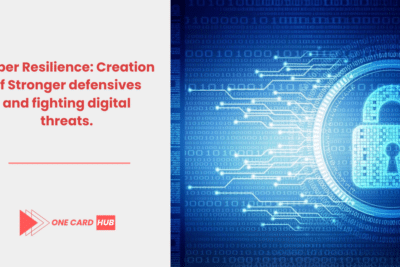

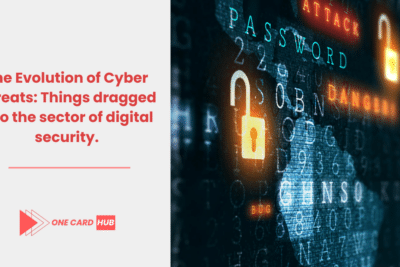
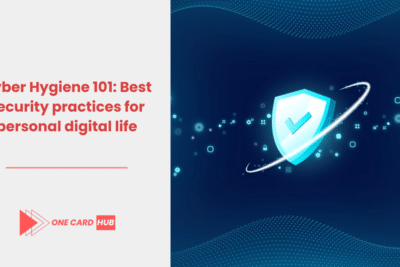
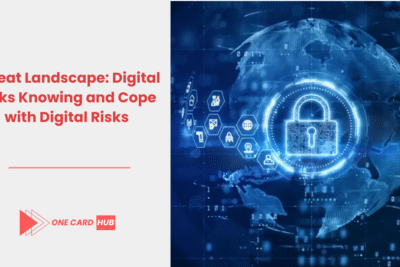
Related posts